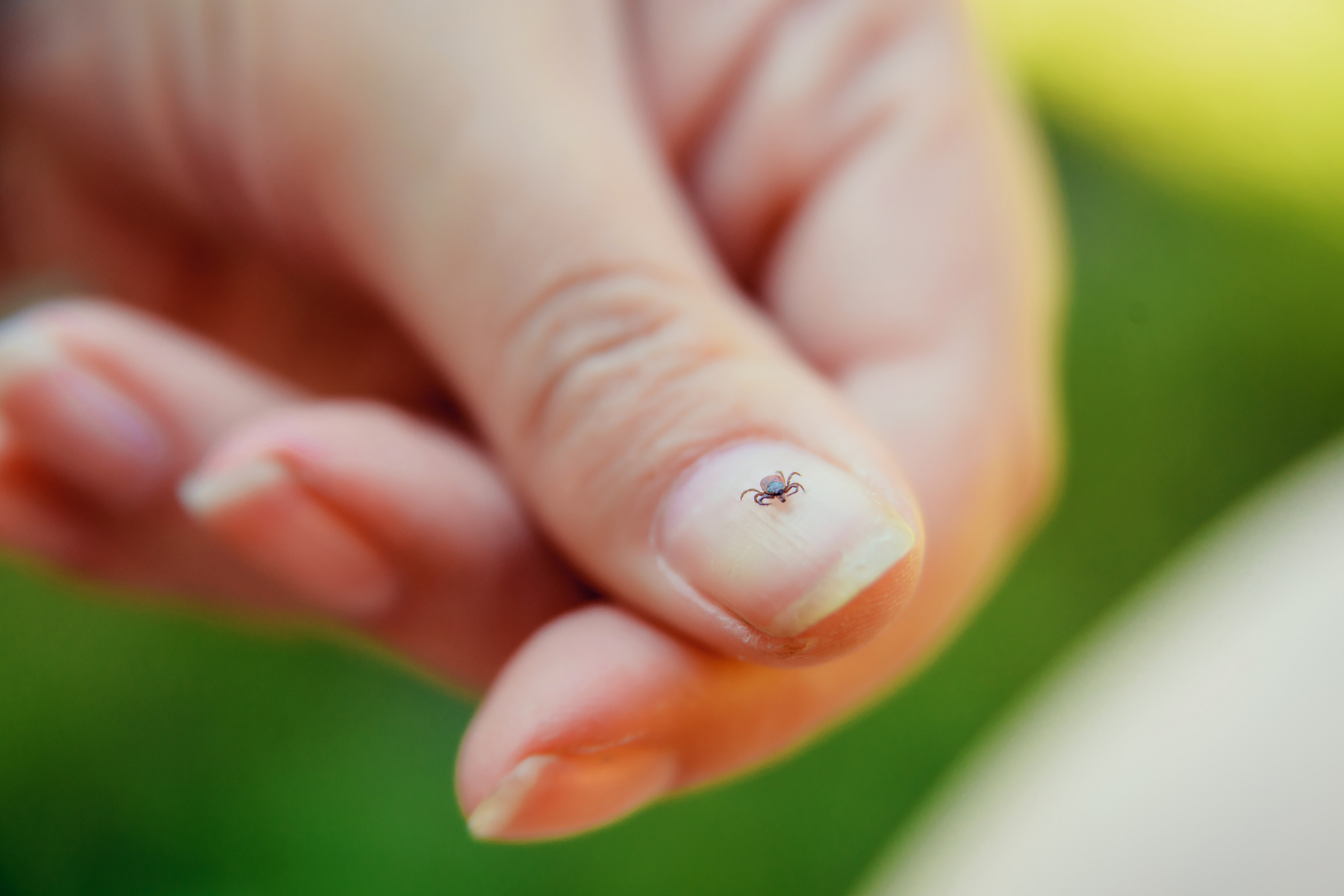If you are struggling with lower back pain that radiates down your leg, you might have hit the internet searching for answers, only to find the terms “sciatica” and “herniated disc” discussed frequently. This is because both conditions can cause debilitating back...
You open your eyes, stretch, and sit up, ready to start the day. But the moment your feet hit the floor, a sharp or aching pain shoots through your heels, arches, or the balls of your feet. Morning should feel refreshing, yet instead, you find yourself hobbling to the...
Are you a fitness enthusiast or a dedicated athlete who has suddenly been sidelined by a nagging, persistent pain in your calf and ankle? That sharp or aching sensation that flares up during or after activity could be the result of Achilles tendonitis. The Achilles...
Lyme disease – How can it affect my joints?

As the weather increases in temperature, so do the number of tick bites and cases of Lyme disease – an illness caused by a bacteria, Borrelia burgdorferi, which is transmitted by a deer tick bite. Typically, early symptoms of Lyme disease include fever, fatigue, and at times, a bullseye rash, called erythema migrans.
If an early infection is missed or is asymptomatic and left untreated, the disease can spread to the heart, nerves, brain, and even the joints, causing Lyme arthritis – inflammation in the joint tissue.
“Lyme arthritis most commonly affects one joint, typically the knee, and presents as pain and swelling without any injury or trauma,” explains Shawn Potteiger, D.O., sports medicine physician at Premier.
Additionally, when Lyme disease spreads, “Patients experience warm, swollen joints with increased pain when the knee or joint is fully straightened or bent,” states Itai Gans, M.D., sports medicine surgeon at Premier. “Joint swelling can increase and decrease, move between different joints and become quite painful, which can limit the ability to walk, at times,” says Gans.
Diagnosis for Lyme disease is done through lab testing. Luckily, the illness can successfully be treated with antibiotics. If joint swelling progresses, patients may need to seek orthopaedic care to treat fluid buildup.
It’s important to routinely check your body from head to toe when being in a common area for exposure (i.e. wooded or tall grassy landscapes). Early recognition and treatment are essential to minimize the risk of long-term degenerative changes of the joints. Contact your healthcare provider immediately if you experience any of these symptoms or find a tick on your body. If possible, save the tick for evaluation by your provider.
If you need orthopaedic care, Drs. Gans and Potteiger see patients in Collegeville, Exton and Malvern. To schedule an appointment, please call the office at 610-644-6900.
